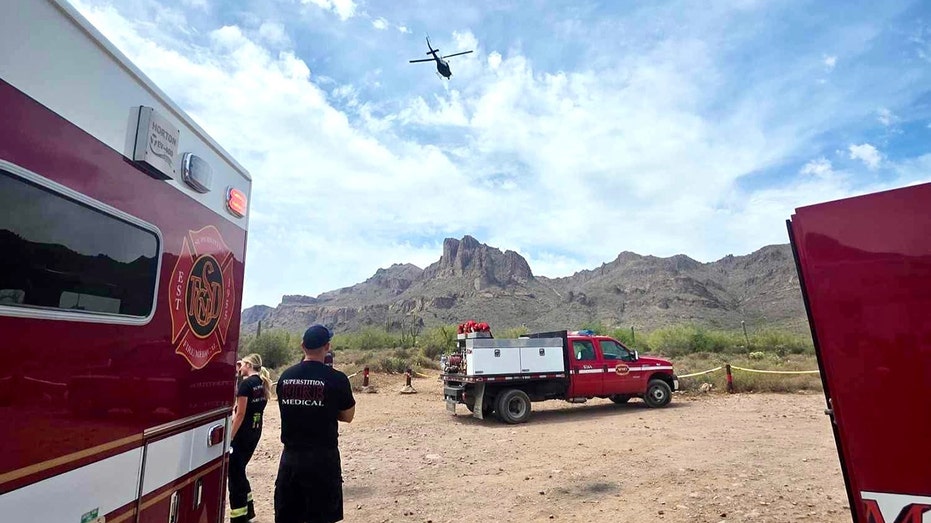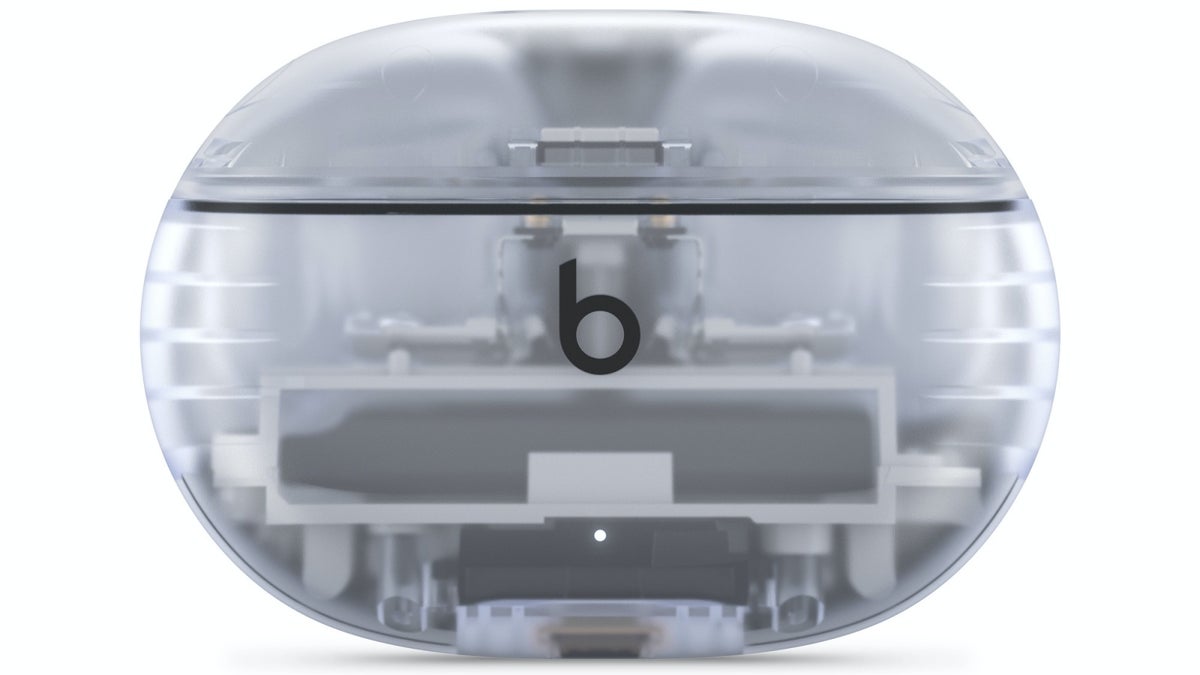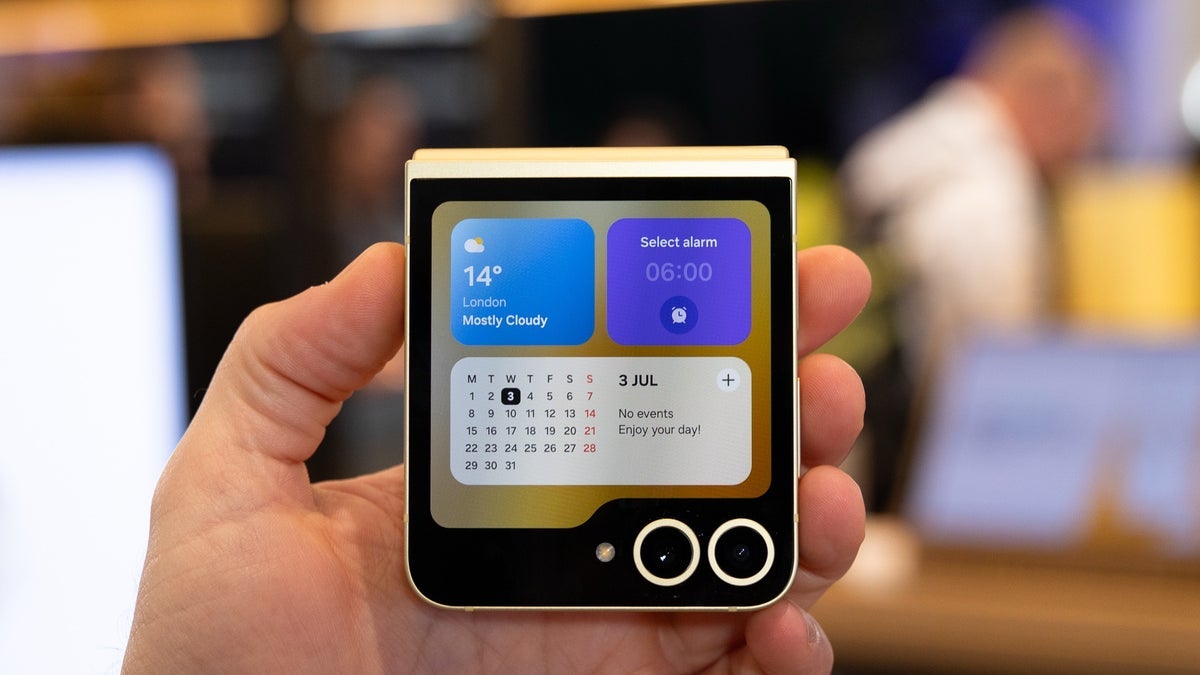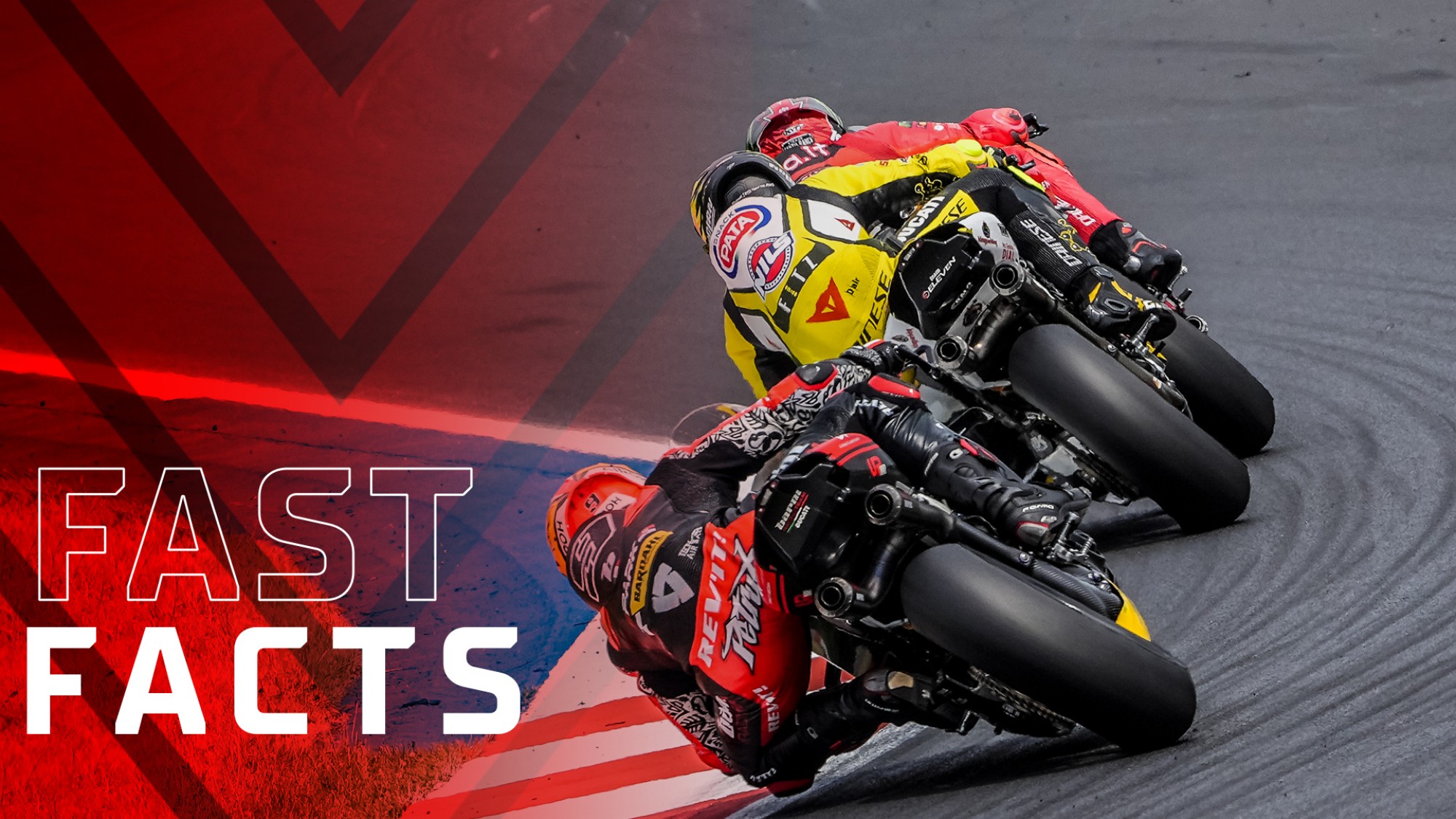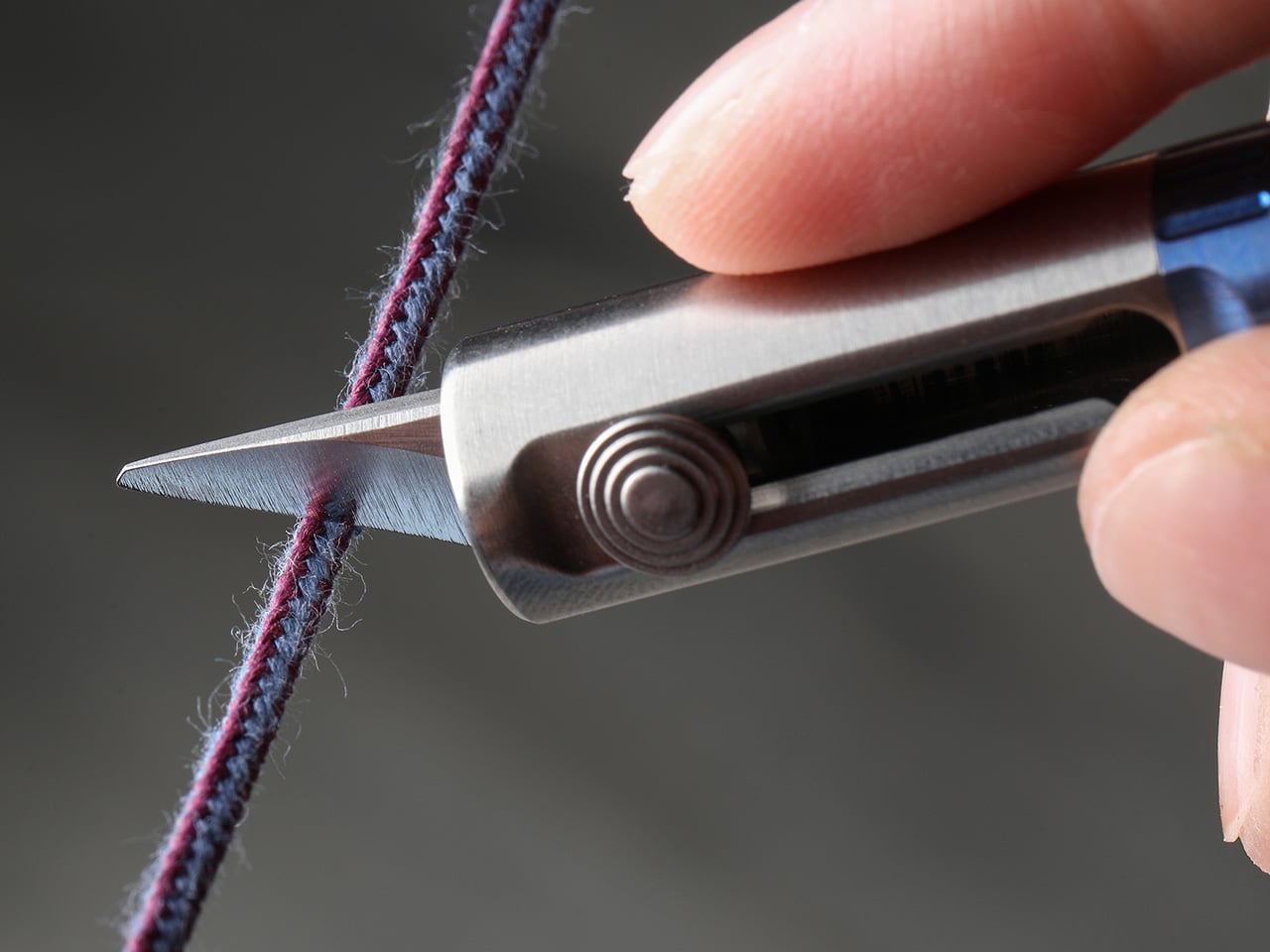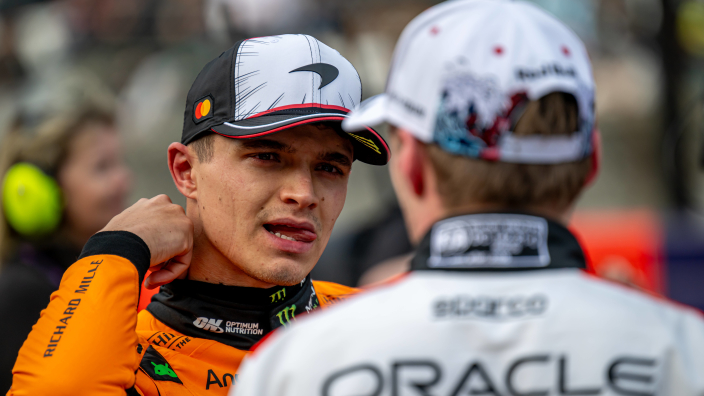Toyota Will Only Sell Hybrid Corollas In Europe And Japan
Japan has officially discontinued all Corolla models on the home market that don’t utilize some level of electrification. Gasoline-only variants have been eliminated to make room for more hybrids, which Toyota believes will help it adhere to increasingly strict emissions regulations.


Japan has officially discontinued all Corolla models on the home market that don’t utilize some level of electrification. Gasoline-only variants have been eliminated to make room for more hybrids, which Toyota believes will help it adhere to increasingly strict emissions regulations.
While perhaps less outspoken about achieving carbon neutrality than its competitors, Toyota still wants to completely eliminate carbon emissions across operations, manufacturing, and logistics by 2050. We can argue about whether that’s even possible without the whole planet going nuclear. In the interim, Toyota will continue ramping up hybrid production.
Moving forward, Japanese customers will only have the 1.8-liter 2ZR-FXE hybrid available for the Corolla. While more diminutive gas-only powertrains are available on the smaller Toyota Corolla Axio, the manufacturer has likewise confirmed that the model will be discontinued.

Europeans will still have the ability to option the larger 2.0-liter M20A-FKS if desired. However, that market already saw the current E210 Corolla go hybrid only in 2022 to better comply with regional emission laws. Meanwhile, North America will presumably stick with the non-hybrid 2.0-liter as the base engine — with the hybridized version being optional until Toyota says otherwise.
Other countries will see the E210 Corolla persist with an array of powertrains catering to local tastes. This means everything from small 1.2-liter turbos to naturally aspirated 2.0-liter inline fours. China presently has the broadest array of engines to choose from, whether they want it to be hybridized or not.
Considering Japan has one of the highest take rates of hybrid vehicles anywhere in the world, it’s understandable why it made the decision. Toyota is following industry trends and presumably giving its domestic customers what they want. The manufacturer is likewise adding more standard tech features to some of the trims above base level. Most of this pertains to advanced driving aids tied to exterior sensors and built-in dash cams that record everything.

Those inclusions have raised the price of the model by the U.S. equivalent of about $1,000, including on the base model that doesn’t get them. But the final price bump really depends on the trim. Some are hundreds of thousands of yen dearer than before, while others are only a few thousand yen more expensive.
Considering an all-new Toyota Corolla is slated to debut in Japan early next year, it’s unlikely we will see sweeping changes reach the E210 before its successor is adapted for our market. Odds of North America going hybrid only are pretty slim. But it still leaves one wondering about what will happen in the coming years. The Corolla is one of the few small cars that’s still available here and represents a relative bargain — even though they’re sold for quite a bit cheaper almost everywhere else on the planet.
While the integrated dash cameras seem like something many Americans probably wouldn’t want, next-gen models specified for North America could end up being hybrids if that’s all Toyota decides to produce. The manufacturer has already touted the new 1.5-liter as the heart of the next-generation Corolla and suggested that it could be hybridized or turbocharged.

The sporting GR Corolla seems like it may be the only exception to the hybrid rule. Treated more-or-less as a distinct model, it’s assumed to persist on the current platform with the high-strung and turbocharged 1.6-liter inline three for a while longer. Although there has been speculation that it could eventually embrace the 2.0-liter turbo that’s rumored to go into the forthcoming Celica.
I’ll be honest, it is slightly worrying to see Toyota leaning toward electrification and modern tech trends. As someone who has owned a couple of Corollas as supplemental beaters over the years, their greatest attribute was their outstanding durability, relative simplicity, and overall ease of maintenance. If you wanted a reliable, dirt-cheap vehicle that you could service with the most basic tools, the Corolla usually had your back.
Toyota’s admittedly been pretty good at building long-lived hybrids (e.g. Prius). But those systems are still more difficult (and expensive) to wrench on than the tried and true N/A motors the cars have historically come with. While Toyota undoubtedly wants the Corolla to maintain its good reputation, moving toward more complicated powertrains could undermine that a tad. But it’s all relative to what else is on the market or how much money you saved in fuel and there’s no reason to pass judgement before the new model can be assessed. Keep in mind that Toyota has to sell the model all over the world, including places that may not be equipped to, or interested in, servicing even partially electrified vehicles.

[Images: Toyota]
Become a TTAC insider. Get the latest news, features, TTAC takes, and everything else that gets to the truth about cars first by subscribing to our newsletter.



